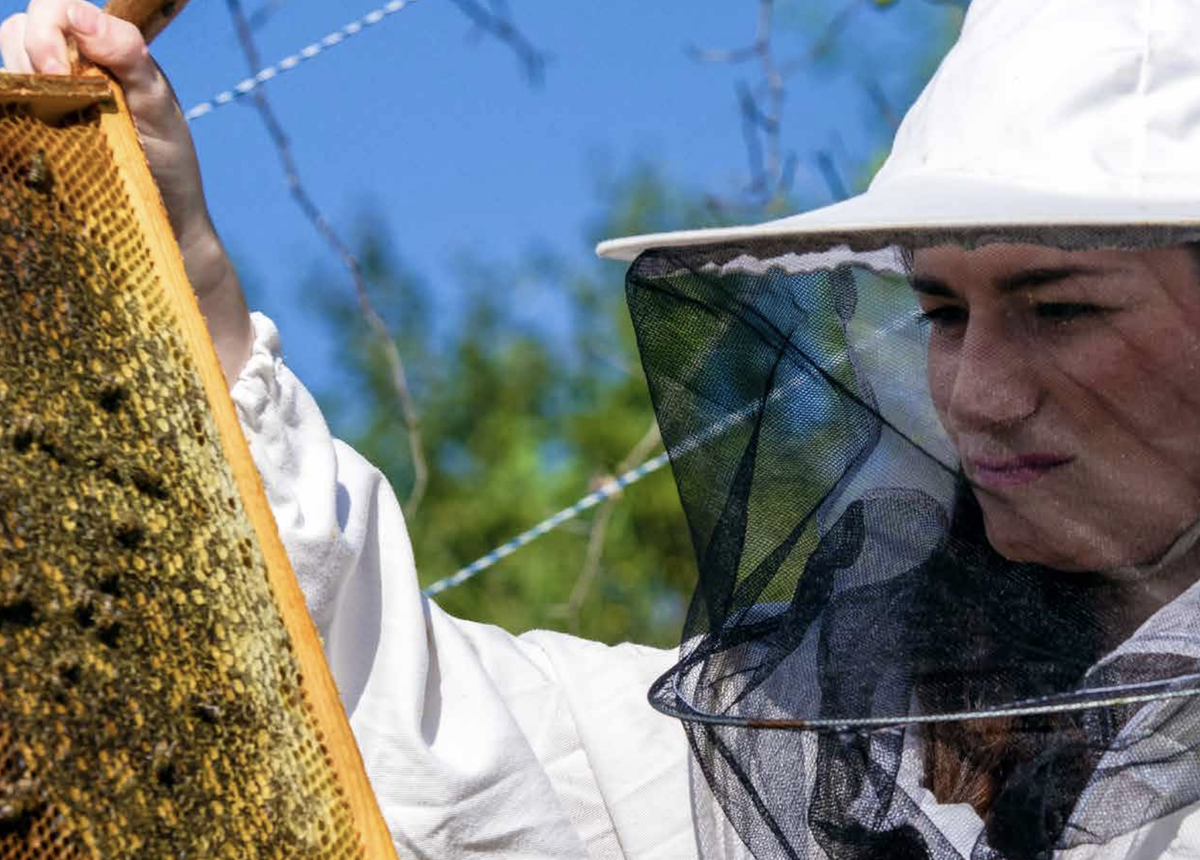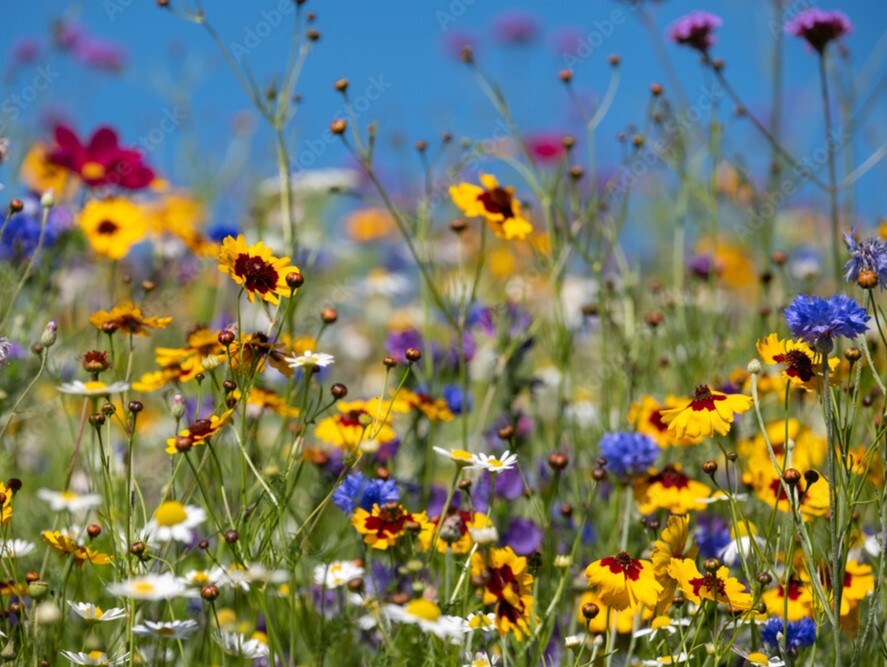You are viewing 1 of your 3 free articles for this month.
South America aims to ‘build back better’
Environmental preservation projects are underway in South America, reducing the rapid decline in species and extinction rates and improving social equity.

South America is home to the largest forests in the world – those found in the Amazonas and Chaco regions. Both featured in the last climate summit, COP26, as two critical ecosystems under threat.
The continent, also known as Latin America, is home to many unique species of wildlife, including the endangered puma, the Galapagos penguin, the Caribbean manatee and the blue guacamayo.
South America is also a major supplier of mineral resources, including gold, silver, copper, iron ore, tin, and petroleum. As well as its wildlife and natural resources, its beautiful landscapes, beaches, history, food and culture draw in many tourists.
The region comprises 12 countries – Argentina, Bolivia, Brazil, Chile, Colombia, Ecuador, Guyana, Paraguay, Perú, Suriname, Uruguay and Venezuela. The population of this region is around 438 million people, and it is considered a developing continent, with Brazil and Chile the most advanced economies.
Actively working with the Peruvian State to achieve Zero Hunger based on sustainable agriculture
Modern day Latin America is heavily influenced by its history of European colonisation. It has a rich culture, including indigenous communities. There are currently 522 indigenous peoples, speaking over 600 languages, living between Patagonia in the South and Mexico in the North, passing through different geographical areas such as the Amazon, Andes, Continental Caribbean, Lower Central America and Mesoamerica.
Some countries, such as Paraguay, keep an indigenous language (Guarani) as the second official language, in addition to Spanish.
South America is well-known for the production of agricultural commodities, which are the main source of income. Good weather conditions and highly fertile soils help farmers produce some of the world’s best coffee, cacao, beef, soy and other crops.
Paraguay is the fourth largest exporter of beef in South America, behind Brazil, Argentina and Uruguay, according to data from the US Department of Agriculture (USDA). Paraguay’s National Animal Health and Quality Service (Senacsa) and the UN Development Programme estimate that around seven million cattle are located in the Chaco region - that’s over half of the country’s stock.

Most is farmed for both beef and milk. The UNDP works to help countries implement sustainable approaches to agriculture in support of the UN’s sustainable development goals.
While the volume of manufacture and consumption is critical to countries’ economic development, there are growing concerns about the impacts on the environment and society.
Several countries in the region have started trying to align growth and sustainable development. Measures such as legislation regulates deforestation and tackles the expansion of farming land. It’s also focusing on citizens committing to reforestation ensuring a safe future for new generations.
Examples include Paraguay’s National Plan for Sustainable Soy and the Regional Plan for Sustainable Beef. Both are supported by the UNDP’s Green Commodities Programme. Land use change must be sustainable and to achieve that, best practices must be implemented.
Ariel Oviedo, Paraguay’s Minister of Environment and Sustainable Development told Ocki that his department “is aware that it must ensure the comprehensive well-being of our populations and ecosystems, especially for the most vulnerable. We take into account the challenges imposed by climate change and guarantee a gender approach, with the participation of all stakeholders in the construction and implementation of national actions for sustainable consumption.”
Paraguay growing green – joining efforts for a more sustainable worldTaking into account the need for urgent action, the Paraguayan government has created the National Soy and Beef Commodities Sustainable Platform with support of the UNDP Green Commodities Programme and the Good Growth Partnership.
The development started in 2015 and included public, private, academic and civil society stakeholders, coming together to discuss the problem and agree on how solutions should be designed.
The work took four years to complete and was mainly backed by the UN’s Global Environment Facility fund. The country has now established national and regional action plans for the sustainable production of soy and beef commodities. |
New projects implemented since 2021 include those supported by the Tropical Forest Alliance (TFA) in Gran Chaco, in both Paraguay and Argentina. The TFA, which is supported by the World Economic Forum, is a 170-strong multi stakeholder partnership aiming to implement private-sector commitments to remove deforestation from the production of palm oil, beef, soy, and pulp and paper supply chains.
The UN Environment Programme (Unep) has acknowledged that South American countries have implemented a number of low-carbon approaches to protect biodiversity, and moved ahead on eco-design and circular economies. A Latin America and Caribbean coalition on the circular economy was set up in 2021.
Marcelo Gonzalez, Paraguay’s vice-minister of livestock said: “The ministry develops tools to demonstrate the sustainability of our production systems. Paraguay stands out for its strong adoption of direct sowing, which contributes to the continued fertility of productive soils.
Livestock is also mainly based on natural grass grazing to feed the animals, which contributes to maintaining biodiversity in livestock areas.”
Direct sowing is widely recognised as a best agricultural practice to cultivate grains according to seasons. Producers plant one grain in winter, another in summer (every 6 months) and do not cultivate the same grain for a year. The "rotation" helps preserve soil nutrients and structure.

From small farmers and traders, to your table at home
Colombia is not only famous for Cartagena’s cultural markets, urban art or pristine beaches, but also for its coffee beans grown in the Sierra Nevada mountains. Colombian Juan Valdez Café, is produced by more than 540,000 coffee grower families.
The brand has several consumer strategies aligned to sustainability action. The company’s range includes coffee in compostable pods, replacing plastic to prevent environmental degradation.
The FAO has also worked in the region to combat child labour in agriculture, promote skills and support entrepreneurship of rural youth. Two initiatives, called Asoprocaffe and Asodesarrollo, promote opportunities for youth to generate income within the countryside.
|
Snap shot in Argentina and Chile
In 2021 Argentina’s government published its sustainable consumption and production strategy (Spanish), tackling resource efficiency, pollution reduction, sustainable consumption and lifestyles, innovation and knowledge, state leadership and information and awareness. The strategy contains recommendations for food, construction, industry, transport, universities, digital, bio industries, public procurement and consumer information.
Chile published its 2020-2040 circular economy strategy in 2021 following on from a national action plan for sustainable consumption and production adopted in 2017. The plan has 12 action areas, including: construction, tourism, energy, food, cities and transport, water, waste, lifestyles and education and industry.
Brazil Information source: One Planet Network SDG12 Hub |
Peru also grows many agricultural crops for export, including blueberries (it meets a quarter of global supply), quinoa, asparagus, avocados and ginger.
Again, working with the FAO, the country is working to raise awareness about the need for good agro-ecological practices, including in family farming. The projects involve the national and municipal governments, civil society, academia and cooperatives.
One example is the school feeding programme in Latin America and the Caribbean, which aims to guarantee students have access to adequate and healthy food, and encourage good eating habits in the student population.
Longevity and resilience are key
These programmes also promote sustainable development in the local economy by promoting direct purchases from family farmers and their organisations, such as cooperatives and associations.
Mariana Escobar Arango, FAO Peru representative said: "FAO is actively working with the Peruvian State to achieve Zero Hunger based on sustainable agriculture, improving consumer access to safe and nutritious food from our biodiversity, with respect for the soil, water and forests. We seek to achieve systems foods that are efficient, inclusive, resilient and sustainable for all.”
Peru’s government, working with the FAO, supports Amazonian indigenous communities to strengthen their livelihoods by improving their knowledge of local value chains and adopting resilient agricultural, forestry, fisheries and aquaculture production practices to sustain use of Amazonian ecosystems.
Indigenous leaders work with the FAO and the government to implement the project #IndigenousResiliencePeru or “Fostering the resilience of small producers for the recovery of COVID-19 in Latin America” to achieve this objective. This initiative is one of several that are designed to generate better markets and an inclusive economy.
There is still a long way to go to achieve the Sustainable Development Goals in South America, but the steps being taken are bringing real social and environmental change, without detriment to growth and the economy.
Check it out
For more information on these issues
- UNDP Green Commodities Programme, Paraguayan sustainable soy and beef
- The UN Environment Programme’s work in Latin America
- World food programme in Peru
- Hunger in Latin America
- 2030 Sustainable development goals in Latin America and the Caribbean
Activate employees
Find out how OckiPro membership engages employees to deliver sustainability impact.
Get Involved
There are many ways to get involved with Ocki and its community. To find out more, click the button below



